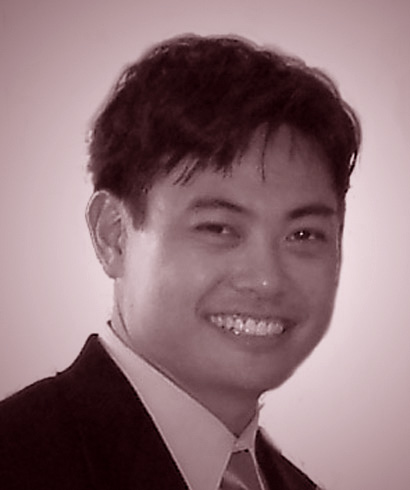
Well composed, well lit, with a fore, middle and background. This single frame would tell its own story and carry it's own visual interest. A picture suitable for framing and displayed as photographic fine art.
That is all in theory. In the real world, I'm not sure it's possible.
I apply this concept to my virtual sculptures. I adapted my sense of composition and light from photography to my virtual sculpting and began to take more time to pan the camera around my model and view each angle as a snapshot of the piece.
My goal was to eliminate angles with weak profiles. Usually, a sculpture has a "signature" angle - the view that it looks the best from and is usually viewed from.
In past projects, I have been aware of how my sculpts look from the major angles - front, back, left and right. But the "Freedom of Flight" was the first time I spun the model to see how the lines continually flowed as the viewer moves around the piece.
The "Freedom of Flight" sculpture is a collaboration with artist Eileen Borgeson and holographer Jeff Allen. An article about our project can be found here.
When it came time to fine tune the sculpture, in Maya, I rotated the sculpture a few degrees and followed the lines of the figure and the strand that encircled it.
It was a mater of rounding out the strand at certain points or bringing it closer to the figure in some areas and moving it away in others. Sometimes it was even changing the angle of a section looking to see how they all played together as one silhouette paying special attention to the wings making sure they read as wings or created dynamic lines.
To see something is to observe how light and shadow describe its surface. Initially, I applied a middle grey blinn shader and watched the way the light (usually a key and fill light) played off the surfaces. I noted how the highlight morphed and flowed as I rotated the sculpt.
I made many subtle adjustments. Adjustments, that, unless you compared the before and after models side by side, you might have a difficult time picking out the differences. You would only know that the "after" model looked or felt better.
While I've done similar evaluations with other sculptures before, this was the first time that I had been so meticulous, stopping every few degrees to note it's composition.
Please share any of your thoughts or tips on digital sculpting in the comments section.

 RSS Feed
RSS Feed